Florida islands where you feel like an explorer
Florida is blessed with islands up and down each coast and extending out into the Gulf of Mexico.
Some of those islands don’t feel like islands at all. Miami Beach? It’s a great place, but “wild” has a different meaning here. I love Fort Myers Beach, but you’re never far from the pavement there.
What does it take to be a truly wild island in Florida, worthy of an escape plan?
- No bridges. You have to arrive by boat.
- No pavement. You have to leave the honking traffic-clogged paved Florida behind.
- No obstacles to an extended stay; the opportunity to stay overnight.
Two of these Florida islands are state parks with rustic cabins. The other two are only for campers, and, keep in mind, you have to bring your own everything, including drinking water.
Yeah, that sounds like a lot of trouble, doesn’t it?
The payoff is a kind of solitude and adventure that makes islands in Florida beckon to us in the first place.
Cayo Costa: An island in Florida with nine miles of perfect beach
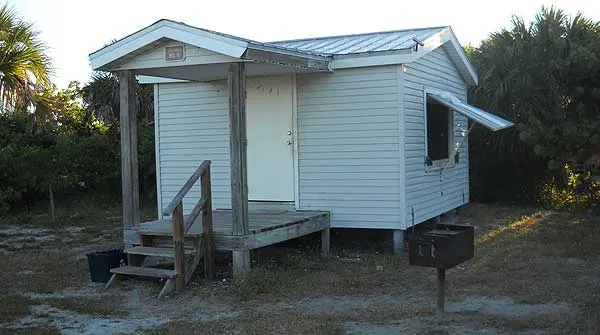
Cayo Costa was badly damaged in 2022 by Hurricane Ian and as of summer 2023, still hadn’t reopened.
Cayo Costa was the first wild island in Florida I visited and it was love at first sight.
Located an hour by ferry boat off Pine Island or Punta Gorda, Cayo Costa is not cheap or quick to reach. That’s part of its charm. It will never be crowded and thanks to the fact that half the island is a state park, it will remain unspoiled and wild. While there are some homes on the southern end of the island, there are no paved roads and the only vehicles you’ll see are bicycles and park trams that shuttle people across the island.
In spring and fall, there is no lovelier place to camp or rent a rustic cabin. (Summers bring no see ums at dawn and dusk and winters bring the risk of chilly weather.)
Your tent or cabin will be just steps from one of the most beautiful beaches in Florida, where you’ll see dolphins arching in the waves and find shells or starfish on sand decorated with drift wood. You can walk on the beach for nine miles; to me, that’s the best part of Cayo Costa. There are also beautiful wooded trails through the interior, where you might see feral pigs or visit the pioneer cemetery.
If you camp or rent the little cabins (adorbs) you must bring everything. Here’s more about visiting Cayo Costa.
Hontoon Island: A Florida island in a big wild river
Hontoon Island was badly damaged in 2022 by Hurricane Ian and is open for day use only.
This is not your typical Florida island – no sandy beaches, no turquoise waves, no seashells.
Instead, we have gators and ancient cypress trees because Hontoon is an island in the St. Johns River just outside Deland.
While it feels remote and ancient, Hontoon Island is probably the easiest wild island in Florida to reach. The Florida State Park system operates a free electric-boat shuttle that buzzes the 500 feet across the St. Johns every few minutes.
Hontoon Island is a terrific refuge for camping or a stay in a rustic cabin and as a base for a kayaking or canoe trip. The paddle around the island is 10 miles filled with birds and wildlife, past ancient cypress and oak trees.
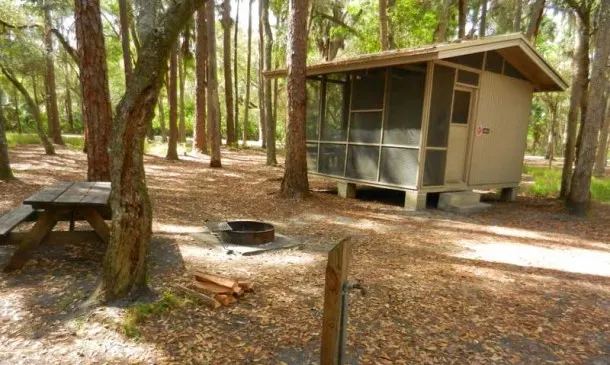
The cabins at Hontoon Island are similar to those on Cayo Costa –small and rustic, sort of like camping but with a guaranteed place to stay dry and no need for a tent.
Like our other wild islands in Florida, Hontoon has no cars and parking lots, so the campgrounds and cabin sites are lovely, located in a shady hammock secluded from the busy waterfront.
Hontoon Island State Park has excellent hiking trails plus a playground for kids and a small museum. It would make an excellent day-trip too. The ideal season would be fall to spring.
Here’s more about visiting Hontoon Island State Park.
Dry Tortugas: A Florida island that is a national park
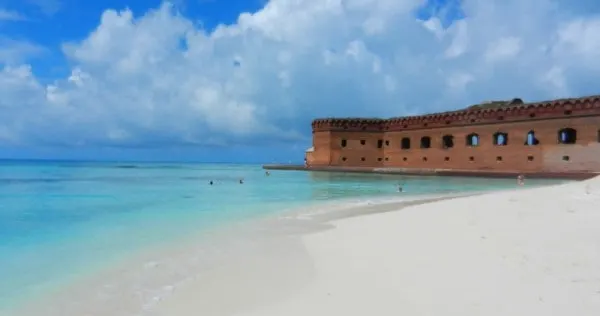
The Dry Tortugas are like a vision – 70 miles west off Key West in the middle of the clear turquoise Gulf Waters, a huge brick fort appears on the horizon, surrounded by islands of white sand.
The national park isn’t cheap (expect to pay $180 for the ferry from Key West) to reach and it’s almost impossible to get reservations on the only ferry. But it’s worth the time and effort to visit this Florida island once, and I believe the real experience involves camping at least one night under dark skies that glitter with more stars than I’ve ever seen.
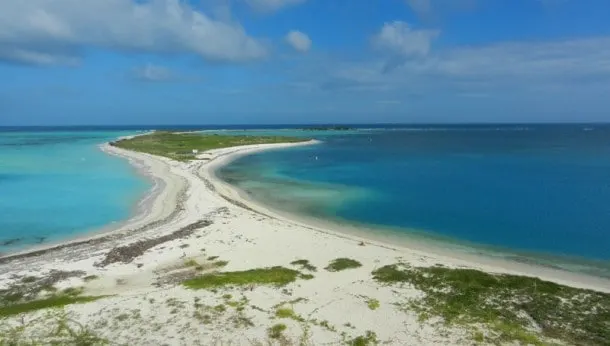
Dry Tortugas is home to Fort Jefferson, built with 16 million imported bricks from 1846 to 1876 and used primarily as a prison during the Civil War. Touring the fort, especially late in the day after the day-trippers have gone, is a memorable experience.
The islands also have remarkable snorkeling and birding, fishing and epic scenery.
Here’s all about camping on the Dry Tortugas. This Florida Rambler piece covers day-tripping to the Dry Tortugas and additional background.
Tiger Key: Camping in the Ten Thousand Islands
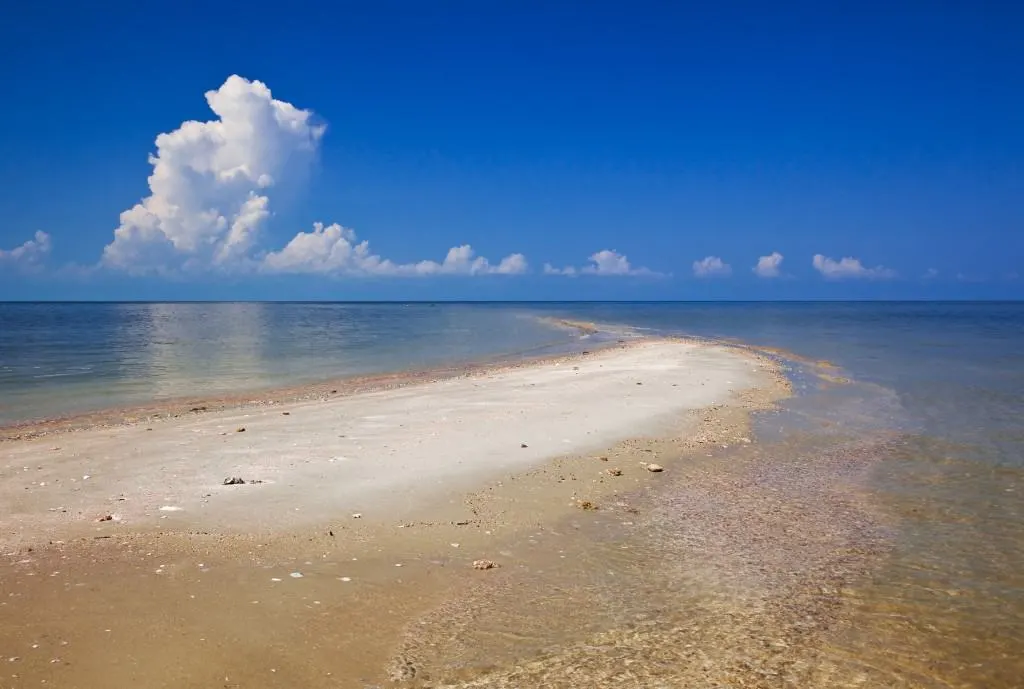
With a national wildlife refuge named Ten Thousand Islands, you can bet there are plenty of islands here to explore. This is for the true adventurer: Tiger Key is harder to reach than the previous three islands.
You’ll need your own boat to reach this remote island in the Ten Thousand Islands, and you’ll have to contend with swift tidal currents, a long paddle and unexpected weather if you plan an overnight visit.
But it is sooooo worth it. Tiger Key is a jewel.
The first order of business is to find the right time to go, timing your launch to the outgoing tides from Everglades City, and charting your return on the incoming tide from Indian Key.
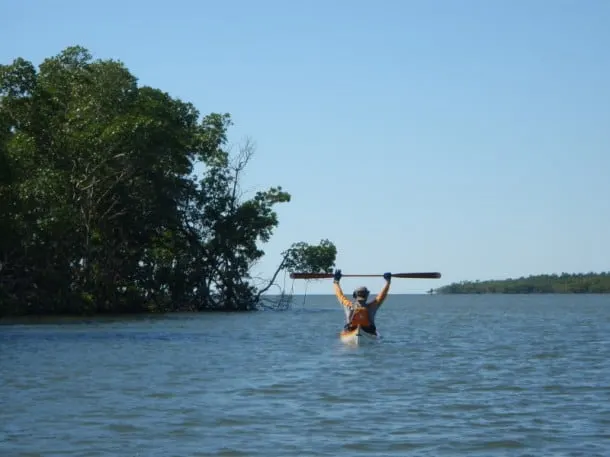
Bob has made this trip several times in kayaks and canoes, and can attest to the difficulty of paddling against the swift currents in Indian Key Pass, made even more challenging when the weather and winds unexpectedly turn on you.
Before launching at the Gulf Coast Ranger Station, check in with the rangers to obtain a backcountry camping permit for Tiger Key. The permit must be obtained in person no more than 24 hours in advance. Cost is $10 plus $2 per person from November through April. (Free in summer, but you don’t go to be there in summer).
Paddle across Chokoluskee Bay to the Indian Key Pass and paddle 5 miles out to Indian Key. In good weather, you can paddle out into the open Gulf, tracking north about two miles to West Pass (N: 25.8322 | W: -81.4907). Tiger Key is on the south side of West Pass.
Paddle into West Pass and around to the crescent beach and cove on the leeward side of Tiger Key,. This is the best place to camp because it’s protected from on-shore winds in the event of a sudden storm.
You’ll feel like your on a tropical island. In fact, you are!
The fishing here is fantastic inside the pass. You can also paddle back into the oyster bars, where redfish (red drum) abound. In the morning, you may wake up to fishing boats casting nets into your cove for baitfish.
If sites on Tiger are not available, try adjacent Picnic Key, which has an outhouse. Picnic’s campsites are on the Gulf, however, and exposed to the weather. The beach here is also subject to fast-moving tides, so stay well above the high-tide line.
Given Florida’s heat and bugs, this is a trip for cooler weather.
Here’s more about paddling and camping in the Ten Thousand Islands.

Veteran journalists who worked together at Fort Lauderdale’s SunSentinel newspaper, Bonnie and Bob founded FloridaRambler.com in 2010 to explore the natural, authentic Florida, writing about their natural interests in hiking, biking, paddling, RV and tent camping, wildlife, unique lodging, dining and historic places.


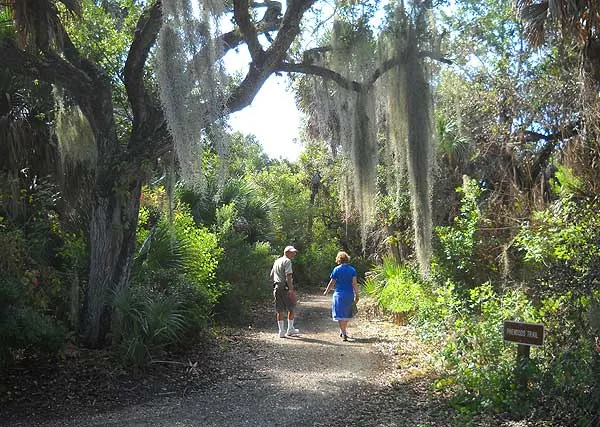
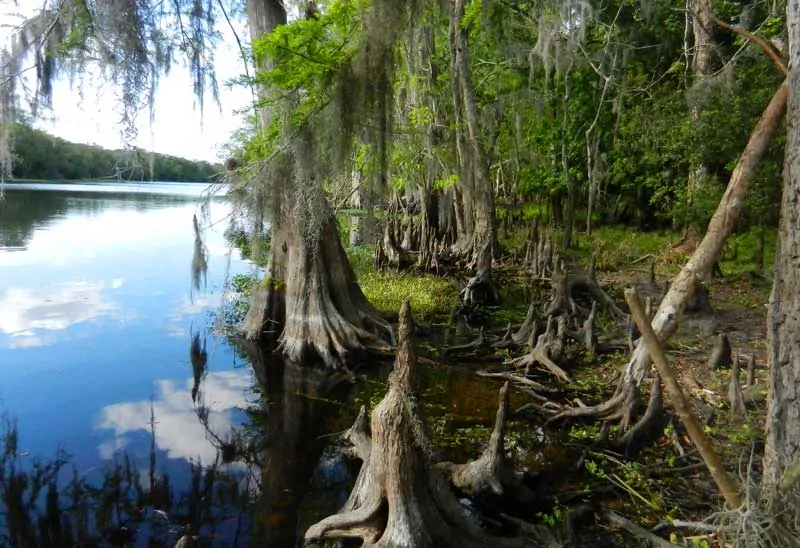
Susan Pickman
Thursday 16th of September 2021
I enjoy your comments. Do you have an article on your favorite places to visit by private boat (with marinas) in Florida (especially with interesting/charming villages, snorkeling and beaches)? We are especially interested in the east coast.
Bonnie Gross
Thursday 16th of September 2021
That's a great story idea, but it's not one we've written yet.